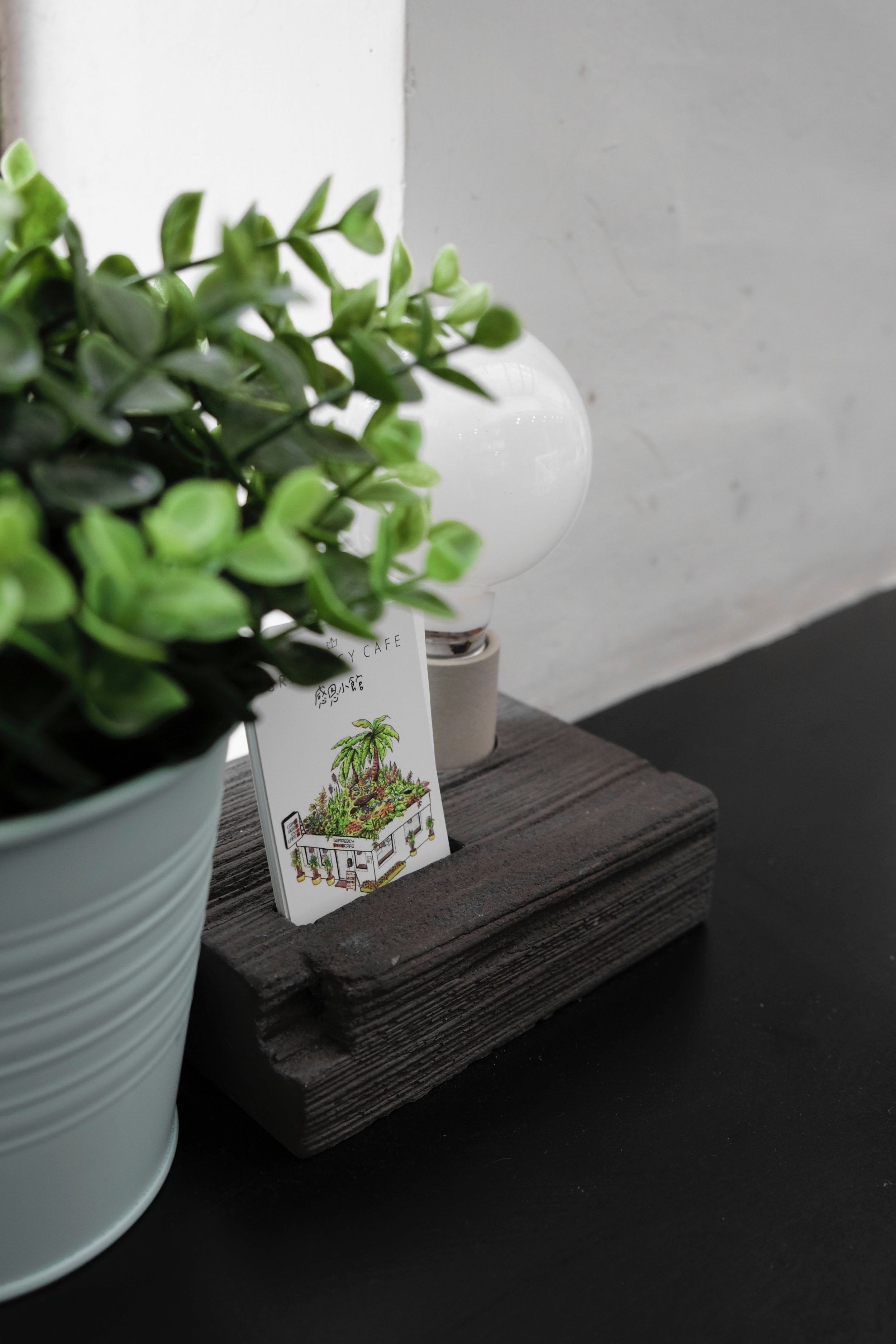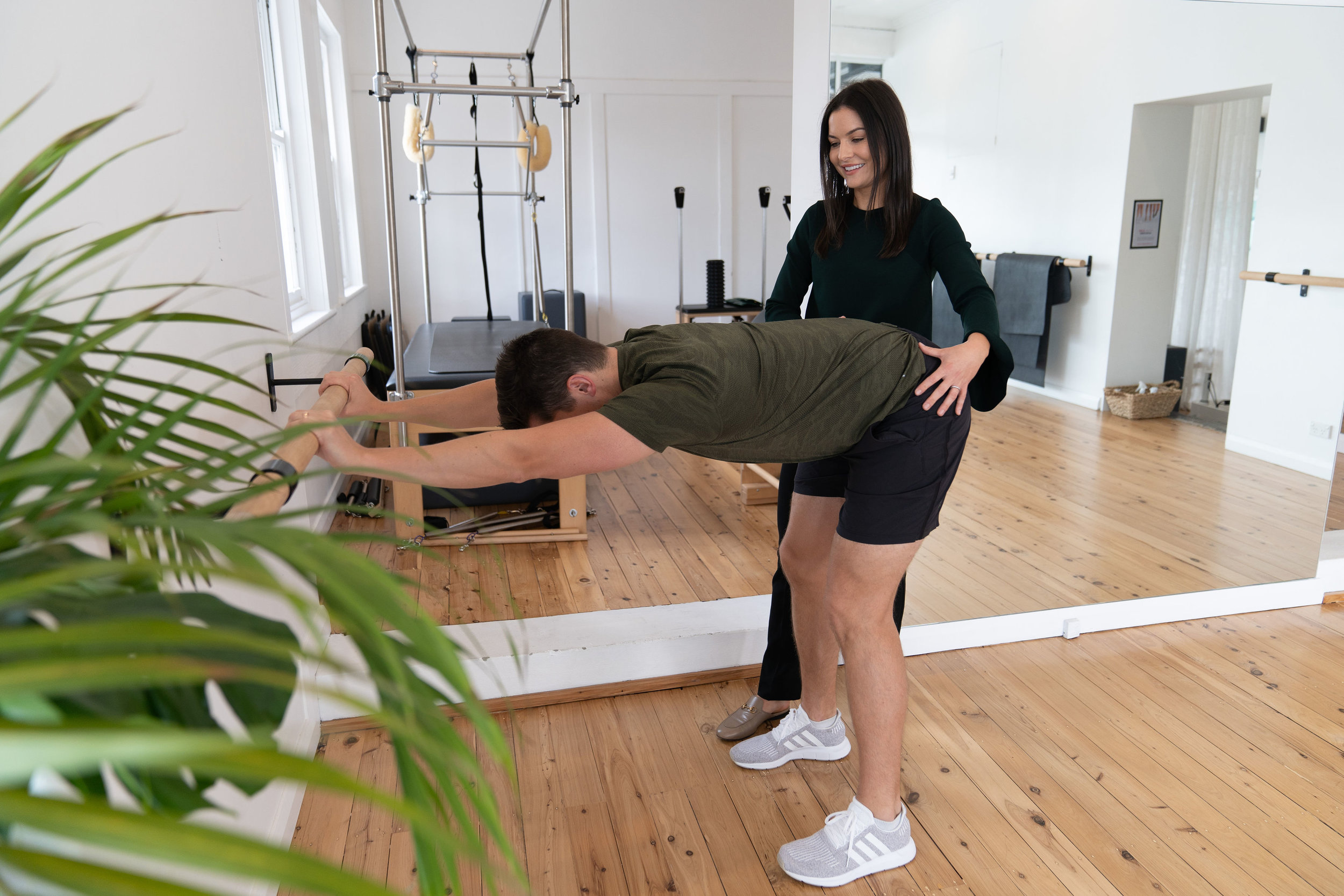HIP PAIN

Managing Hip Pain is a passion of ours at The Pelvic Studio!
It requires a thorough assessment of the biomechanics of your whole body (your biomechanics refers to the way your body moves and stabilises). In other words, we not only assess the way your pelvis and hips move, but we assess the stability around your rib cage, spine, and even as low as your feet and ankles.
There are many possible causes/drivers to your Hip Pain. No one hip is the same. At The Pelvic Studio we pride ourselves in our ability to work out what your specific drivers are. Once your drivers are identified a tailored management plan can be devised, getting you on the road to a healthier happier hip!
The Obturator Internus muscle is a deep hip stabiliser muscle that can often be the culprit when it comes to pelvic, hip or low back pain. It can sometimes even lead to bladder urgency and leakage.
You can learn more about your obturator from our physio, Erin below:
more information

What are the possible causes of hip pain?
Poor biomechanics
Weak muscles (commonly core, gluteal and ankle muscles)
Tight muscles (commonly hip flexor, groin, gluteal and pelvic floor muscles)
Hip impingement (known as femoroacetabular impingement)
Intra-articular hip pathology
(Labral tears, Cartilage/chondral defects, teres tears)
Osteoarthritis
Hip dysplasia (hypermobility)
What are the signs and symptoms of hip pain?
Pain
Front of the hip joint around the upper thigh area
Groin
Back of the hip deep to the glute/upper hamstring area
Pain deep inside side wall of pelvis
Pain that is aggravated with
Prolonged sitting
Deep squat positions
Twisting on a planted foot
Side stepping
Hugging knee to chest
Stiffness in hip/s
Catching/clicking in hip joint
Reduced ability to participate in sporting activities and activities of daily living
One of the most common causes of hip pain is hip impingement. Research tells us that 87% of patients presenting to us with hip pain fit the diagnostic criteria for hip impingement, also known as femoroacetabular impingement or ‘FAI’. Click here to read more about hip impingement.





